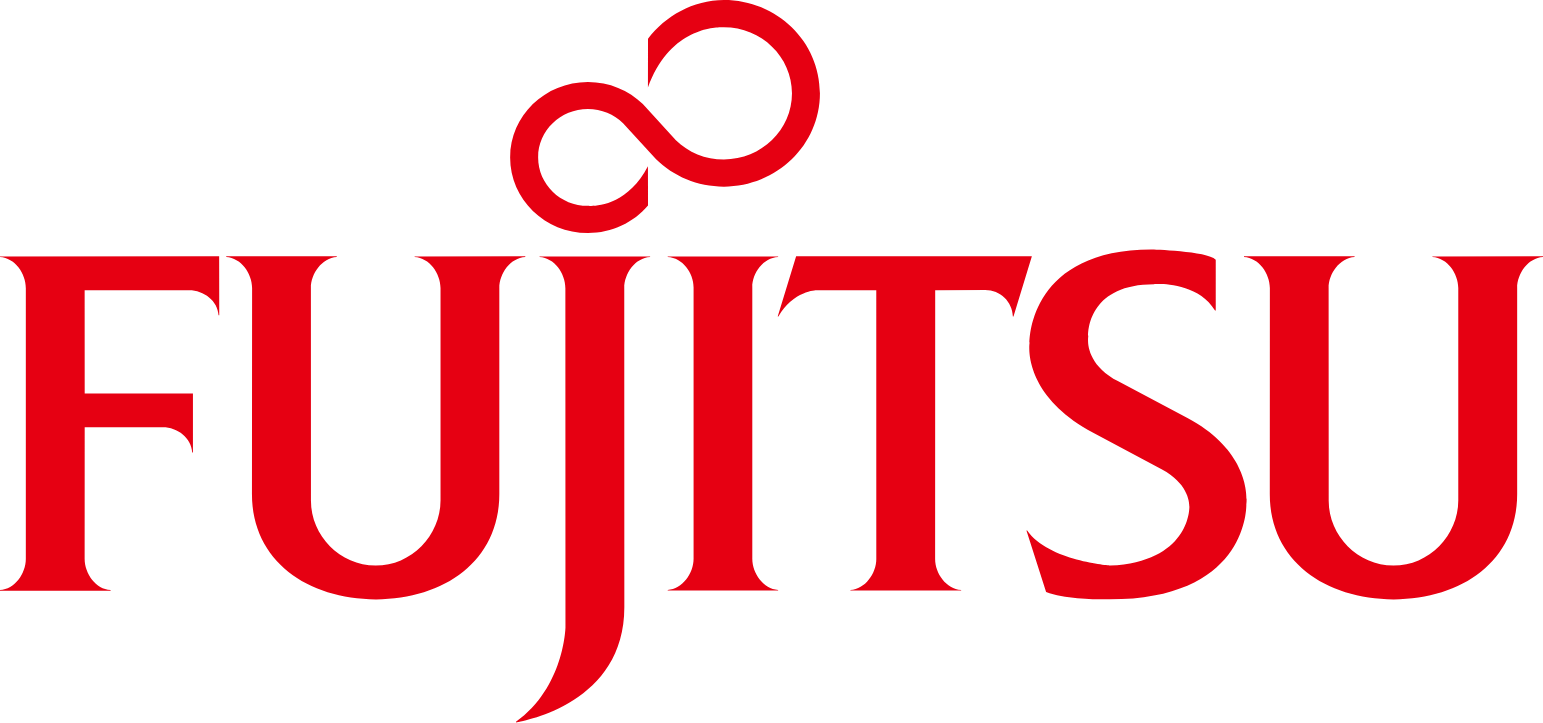Environmental Management Systems Certification Process Overview Form
Certification process overview for Environmental Management Systems (EMS) certification. This form outlines key steps and responsibilities in achieving EMS certification, ensuring compliance with relevant environmental regulations and standards.
Introduction Step
EMS Certification Process Overview Step
Step 1: Management System Development Step
Step 2: Gap Analysis Step
Step 3: EMS Documentation Step
Step 4: Internal Audit Step
Step 5: Management Review Step
Step 6: Certification Audit Step
Conclusion Step
Certification Body Information Step
Certification Body Contact Information Step
Certification Body Representative Step
Expense Reduction
 34%
34% Development Speed
 87%
87% Team Productivity
 48%
48% Generate your Form with the help of AI
Type the name of the Form you need and leave the rest to us.
FAQ
How can I integrate this Form into my business?
You have 2 options:
1. Download the Form as PDF for Free and share it with your team for completion.
2. Use the Form directly within the Mobile2b Platform to optimize your business processes.
How many ready-to-use Forms do you offer?
We have a collection of over 3,000 ready-to-use fully customizable Forms, available with a single click.
What is the cost of using this Form on your platform?
Pricing is based on how often you use the Form each month.
For detailed information, please visit our pricing page.
What is Environmental Management Systems Certification Process Overview Form?
The EMS Certification Process Overview form provides a step-by-step guide to understanding and implementing an Environmental Management System (EMS) that meets specific international standards. The primary goal of this process is to ensure organizations have a structured approach to managing their environmental impacts. Here's a general overview of the key components involved:
Pre-Certification:
- Initial Gap Analysis: Understanding the current state against the required standard.
- EMS Development and Implementation: Establishing processes, systems, and documentation based on the chosen standard (e.g., ISO 14001).
Audit Process:
- Internal Audit: Conducted by internal auditors or external consultants to ensure compliance with the EMS and identify areas for improvement.
- Stage 1 Audit: A high-level audit focusing on the organization's readiness for a Stage 2 audit, reviewing policy, objectives, roles, responsibilities, training, management system elements, and evidence of ongoing EMS operation.
- Stage 2 Audit (or Certification Audit): A detailed assessment against the chosen standard, reviewing all aspects of the environmental management system.
Post-Certification:
- Corrective Actions: Addressing any non-conformities or recommendations made during the audit process.
- Continual Improvement: Ongoing efforts to improve the EMS and address changing regulatory requirements, new technologies, and stakeholder expectations.
Certification Renewal and Surveillance Audits:
- Regular audits to ensure continued compliance with the standard.
- Periodic reviews of the EMS, typically every 3-6 years for Stage 2 certification (dependent on chosen standards).
This form is essential for organizations looking to certify their Environmental Management Systems against international standards. It serves as a roadmap through the various stages and processes involved in obtaining and maintaining this certification.
How can implementing a Environmental Management Systems Certification Process Overview Form benefit my organization?
Implementing an Environmental Management Systems (EMS) certification process overview form can bring numerous benefits to your organization, including:
- Enhanced environmental performance: A structured approach to EMS helps identify and mitigate environmental impacts, reducing waste and pollution.
- Improved regulatory compliance: A well-established EMS ensures adherence to relevant laws and regulations, minimizing the risk of non-compliance fines and penalties.
- Increased stakeholder confidence: EMS certification demonstrates a commitment to protecting the environment and can boost public image and reputation.
- Access to new business opportunities: Many customers and partners require EMS certification as a condition for doing business together, increasing your organization's competitiveness.
- Cost savings through efficient resource use: An effective EMS helps optimize resource utilization, reducing energy consumption, water usage, and waste generation.
- Better decision-making: Regular monitoring and review of the EMS process enables informed decisions on environmental matters, ensuring alignment with organizational goals.
- Training and development opportunities: Implementing an EMS certification process can lead to the identification of training needs among employees, enhancing their skills and knowledge in environmental management.
- Improved risk management: An EMS helps identify potential environmental risks, enabling proactive measures to mitigate them and minimize their impact on your organization.
- Enhanced employee engagement: Involving staff in the EMS development and implementation process can foster a sense of ownership and responsibility for environmental issues within the organization.
- Competitive advantage through innovation: A well-executed EMS can drive innovation and lead to the adoption of new technologies, processes, or products that reduce environmental impacts.
What are the key components of the Environmental Management Systems Certification Process Overview Form?
Regulatory framework section, Scope definition section, Responsibility and authority section, Implementation plan section, Training program section, Documentation requirements section, Record-keeping procedures section, Audit and review processes section, Continuous improvement process section.
 Fair Pricing Policy
Fair Pricing Policy




























 Made in Germany
Made in Germany Certified Security and Data Protection
Certified Security and Data Protection Active Support and Customer success
Active Support and Customer success Flexible and Fully customizable
Flexible and Fully customizable